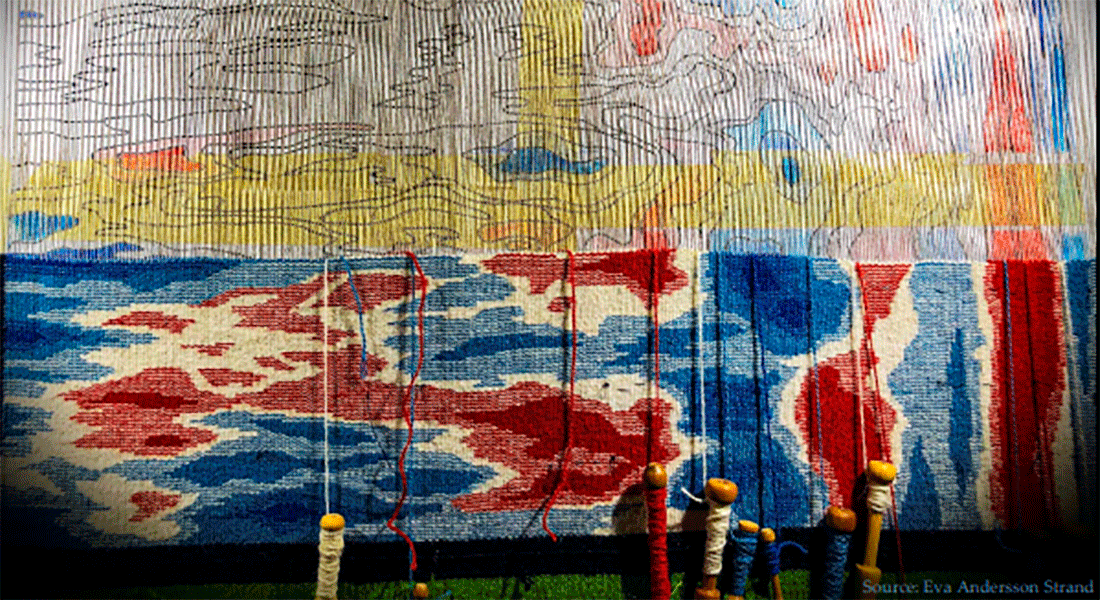Tangible and Intangible Craft within Archaeological Research
Inaugural Lecture by Professor Eva Andersson Strand from University of Copenhagen.
Abstract
The study of craft traditions and experimental archaeology has a long tradition at the Department of Archaeology, Saxo Institute, studies which are fundamental to archaeology for understanding the complexity of ancient societies.
Despite time and region - culture and context, we learn from the objects we excavate, register, study and interpret. The focus is often on the finished products, and the archaeological objects, though it is as equally important to understand which actions influenced the finished product as an archaeological object represents dynamic actions and processes. This emerges at the very first stages of the production of objects and involves diverse choices of materials, tools, and techniques. Additionally, an object expresses an artisan’s actions, and their movements in creating it have the potential to communicate embodied knowledge, conscious as well as non-conscious. Research on craft includes not just the object itself; indeed, it also gives insights and perspectives on gender and labour division, economy, landscape and the used resources, settlement structure and the development of a society to name a few examples. Because of its nature, the study of craft draws on theories and methods in common with the humanities, social sciences, and the natural sciences as well as collaboration with skilled artisans.
How is craft included in research and teaching at Saxo Archaeology, and how can this important research area be included in the development of the UCPH-School of Archaeology? Experimental archaeology has been criticized as too subjective when applying the results in an archaeological context. How do we know that the production of, for example, a thread, a knife, a flint axe, and a ceramic bowl is the same as 1000 or 4000 years ago? During the last decades, new scientific methods as well as digital tools have rapidly been developed and are today frequently used in archaeological research. Which of the new methods and tools can be used to make results more accurate? Have they improved a better understanding of craft performance and the social and psychological needs of human beings.? Can these methods help to make the intangible more tangible? How can we as archaeologists learn from current craft processes and craftsmanship? Can knowledge of ancient crafts give perspectives on modern crafts and aid the preservation of cultural heritage? And can results from archaeological studies of craft contribute to a better understanding of modern craft? By discussing those questions and using results from new research projects I hope to open a debate on how new methods can give new insight and perspectives of the importance of understanding craft and craft processes in ancient societies and Archaeology.
Part of the Archaeology Research Seminar Series - Spring 2024
Map of South Campus
View directions.
View on map of the Faculty of Humanities - South Campus.
View map of South Campus (pdf).

